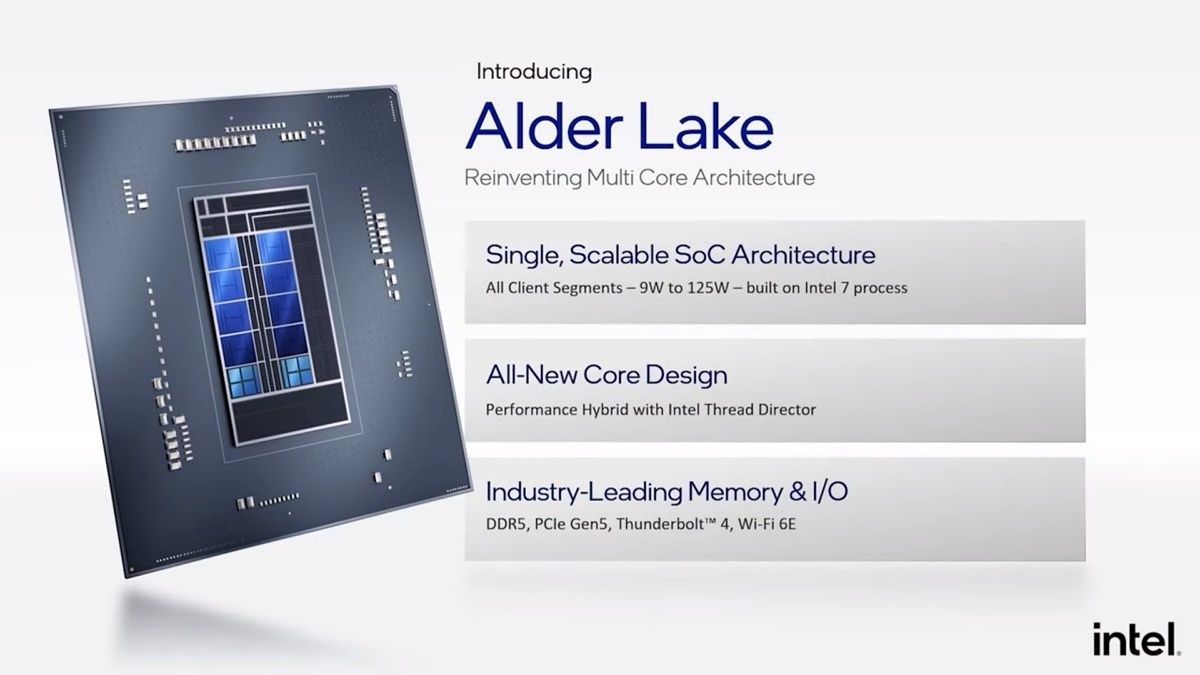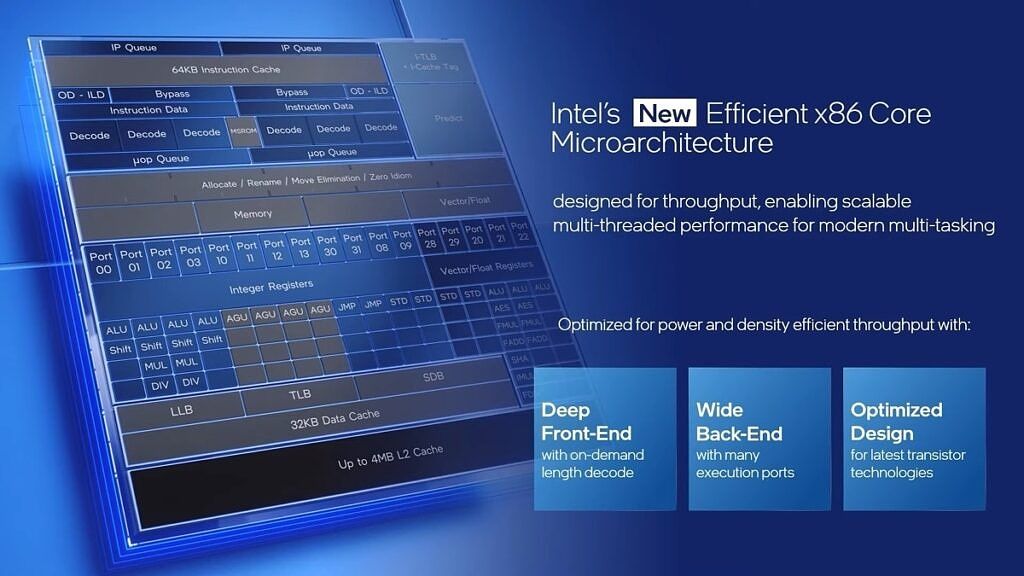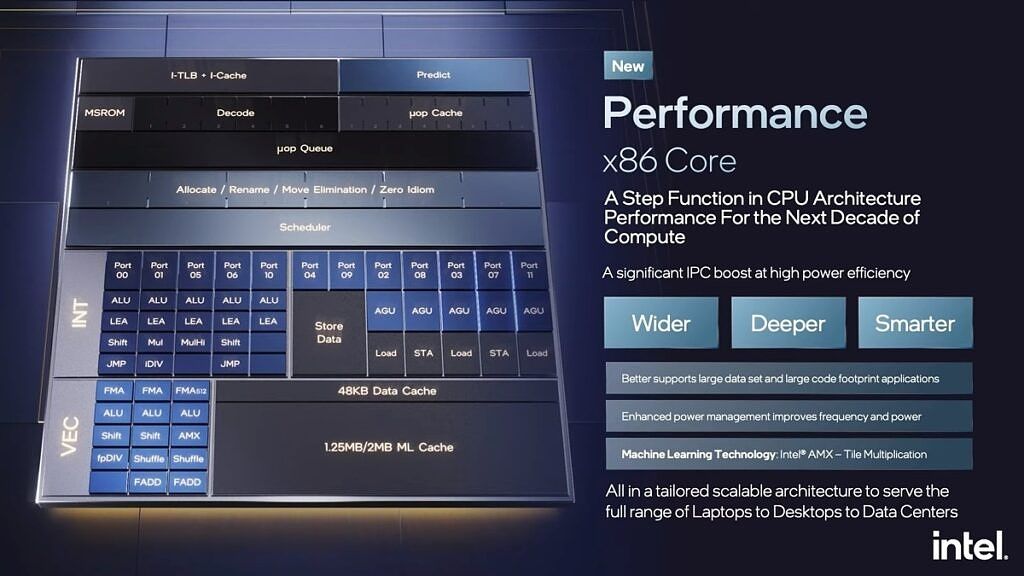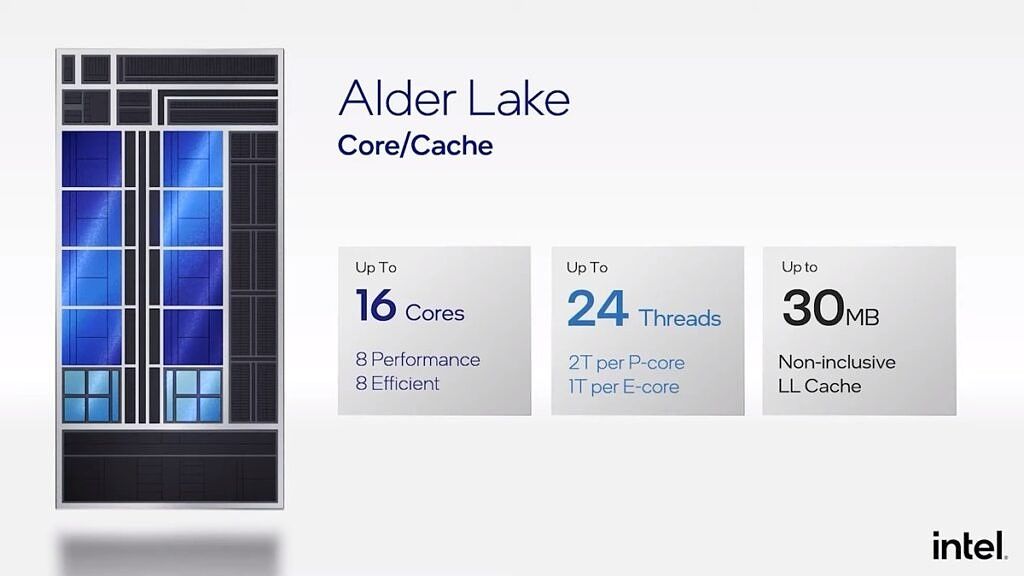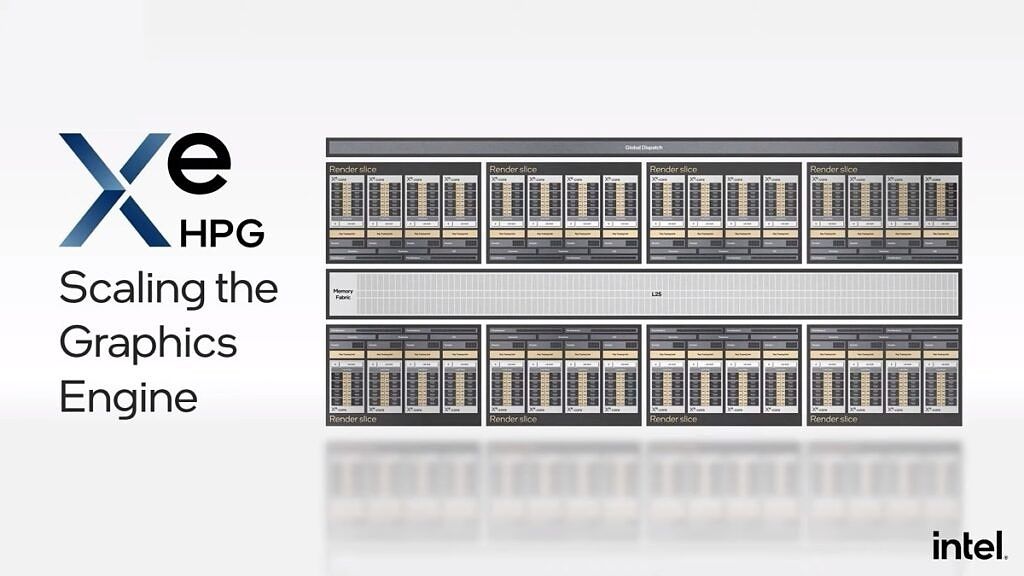Intel hosted its Architecture Day event today, and with it, the company gave us a look at many of its upcoming plans. That includes the new Alder Lake products that are set to debut on the market this Fall. Alder Lake refers to the 12th-generation of Intel Core processors, but Intel didn't announce any specific products during this event. Instead, it focused on the architecture, or rather, the architectures at play.
Yes, Intel's next processors aren't only going to have one architecture as we've seen in the past. Instead, each processor is going to make use of efficient cores and performance cores, an approach that's similar to how smartphone processors work. However, these are still x86 architectures, not ARM-based ones. Intel took a shot at this kind of design with its Lakefield processors last year, but those only had one performance core, and performance wasn't very good.
So, what are these architectures? First, there's the efficient core architecture, previously codenamed Gracemont, which is designed for low-power tasks. Intel compared this to its Skylake cores that debuted in 2015. The company says the new architecture can deliver up to 40% more single-threaded performance while using the same amount of power, or the same performance while using less than 40% of the power Skylake cores used. For multi-threaded tasks, specifically with four threads, that becomes 80% more performance or an 80% reduction in power usage compared to Skylake.
There's also the new performance core architecture, which was previously known as Golden Cove. This is Intel's most powerful processing core yet - as you'd probably expect - and it includes improvements to latency, parallelism, and overall performance. Compared to the Cypress Cove cores in 11th-generation Intel Core desktop processors, Intel touts a 19% performance improvement at the same frequency. However, it's worth noting that Cypress Cove cores are based on the Sunny Cove cores that were used in Intel's 10th-generation mobile processors. 11th-generation mobile processors used Willow Cove cores, which feature major improvements over Sunny Cove.
These efficient cores and performance cores will come together in Alder Lake processors, and they're going to be coordinated using the new Intel Thread Director. This new feature is debuting in Alder Lake, and it will ensure that tasks are assigned to efficient and performance cores as necessary to maximize performance and efficiency. Intel Thread Director will work directly with the operating system to ensure that threads are assigned to the right cores at any given time.
As for the Alder Lake products themselves, they're going to be based on the recently-renamed Intel 7 process. They're going to feature up to 16 processing cores and 24 threads, and that's because eight will be performance cores, and the other eight will be efficient cores. Performance cores will have two threads each, while efficient cores only have one.
Alder Lake processors will be highly scalable, and we'll be seeing processors ranging from 9W of power all the way to 125W. Alder Lake processors are going to come with support for PCIe Gen 5, DDR5 memory, and Thunderbolt 4 - confirming that Thunderbolt 5 is going to take a while longer to show up.
As to when we'll actually see products based on Alder Lake, that's going to be this fall. That's most likely going to come in the form of mobile processors, specifically low-power variants. Those are usually released first, with desktop processors usually being revealed early the following year.
Intel also shared some more details of its new Xe HPG microarchitecture for GPUs. The new microarchitecture promises 1.5 times the performance per watt over Intel's own Xe LP microarchitecture, which was used in the Iris Xe Max discrete GPU and the integrated graphics in Intel Tiger Lake processors.
GPUs using this microarchitecture are coming next year under the Intel Arc branding, which the company announced a few days ago.

